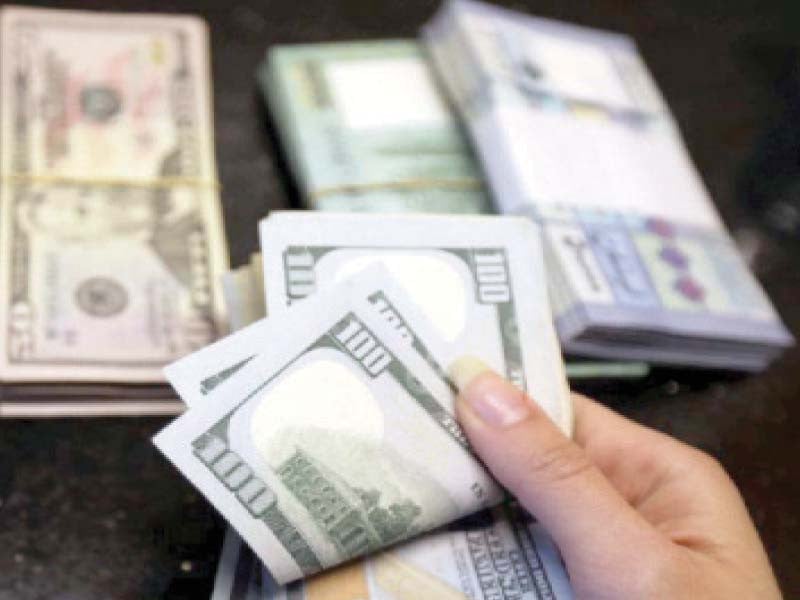
Pakistan has planned to borrow a minimum of $23 billion in the next fiscal year, including the rollover of a bilateral debt of $12 billion, to finance its swelling development plan and meet the nation’s external financing requirement.
Budget documents for fiscal year 2024-25 showed that Pakistan would borrow at least $23.2 billion, or Rs5.9 trillion, which did not include any loan from the International Monetary Fund (IMF). The IMF’s loan will be for balance of payments support.
Out of the borrowing of $23 billion, the government has included $20 billion in budget documents. It has not made the rollover of $3 billion by the United Arab Emirates (UAE) part of federal books as it is also meant for balance of payments support.
Details showed that Pakistan would take $19 billion in loans for budget financing and building its foreign exchange reserves. The amount appears colossal, which will keep the country’s foreign and economic policies dependent on the IMF, the World Bank, Saudi Arabia, China, the UAE and the Islamic Development Bank.
These nations and international creditors are now dictating their terms due to the unending dependency on them.
Prime Minister Shehbaz Sharif has claimed that he has received investment pledges of $15 billion from Saudi Arabia and the UAE but so far these promises have not translated into concrete agreements.
After being unable to acquire new debt from foreign commercial banks, the government has once again budgeted $3.9 billion worth of foreign commercial loans in the new fiscal year. However, in the outgoing year, China rolled over $1 billion of commercial debt.
The finance minister has failed to live up to his promise of floating Panda bond in the Chinese capital market.
For the next fiscal year, the government has budgeted $1 billion in Eurobond after remaining unable to float bonds in the current fiscal year.
There was hope that the international credit rating agencies would improve Pakistan’s junk rating under the $3 billion IMF’s standby arrangement. However, political and economic vulnerabilities prevented them from improving Pakistan’s standing.
Aurangzeb said on Tuesday that the rating agencies were waiting for approval of the new Extended Fund Facility of the IMF.
In case of further delay in improvement of the ratings, the government’s plan of raising $4.9 billion through Eurobond and foreign commercial loans would not materialise.
The government had estimated the receipt of $6 billion from sovereign bonds and foreign commercial loans in the current fiscal year. After such deals could not be clinched, the State Bank of Pakistan bought an equal amount from the Pakistani markets.
The government has once again included the rollover of $5 billion in cash deposits from Saudi Arabia. This shows that the country will not be able to return the money out of which $3 billion had been taken in 2019 for just one year.
However, Saudi Arabia has not agreed to extend the oil facility of $1 billion to the next fiscal year, prompting the government to exclude it from the projection of external loan receipts. Similarly, the government has not included any new loan from Saudi Arabia for the import of petrol. During this year, the kingdom gave $600 million for petrol import.
China’s $4 billion in cash deposit has again been added to the rollover queue, of which $2 billion is maturing next month.
The UAE’s financing has not been added to the federal borrowing plan since the money has been given for balance of payments support, which will be serviced by the central bank from its profits. Out of the $3 billion, $1 billion is maturing next month.
The government has also estimated a new loan of $500 million from the Islamic Development Bank and $465 million on account of Naya Pakistan Certificates. Around $1.1 billion will be borrowed to finance the federal Public Sector Development Programme.


1725877703-0/Tribune-Pic-(5)1725877703-0-165x106.webp)


















COMMENTS
Comments are moderated and generally will be posted if they are on-topic and not abusive.
For more information, please see our Comments FAQ